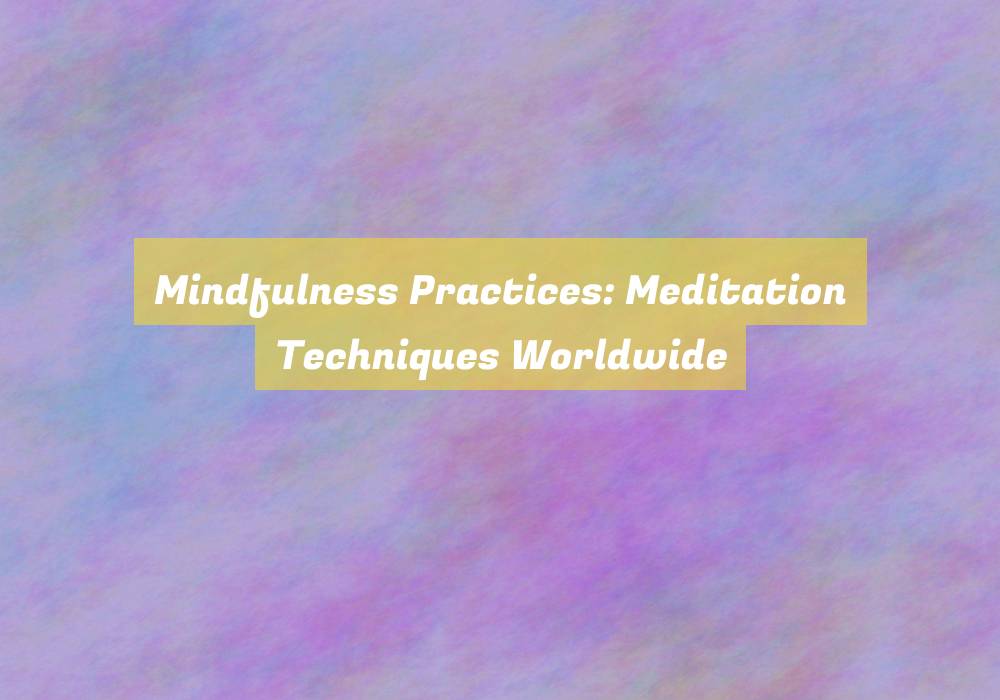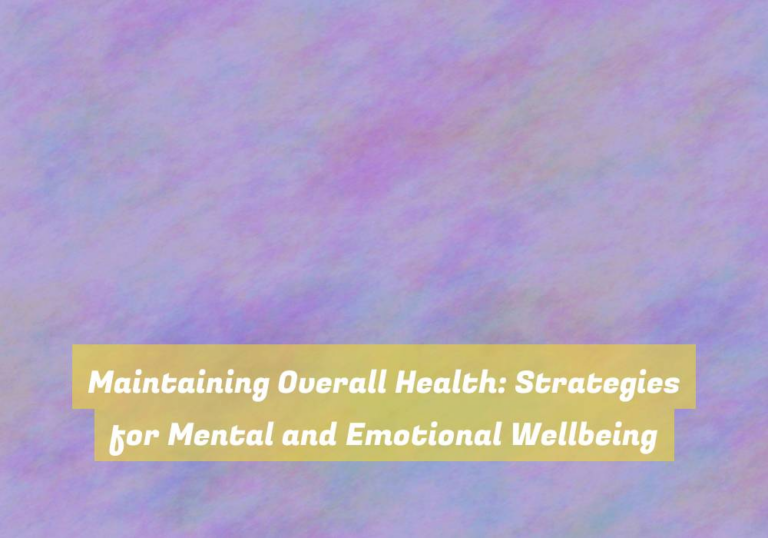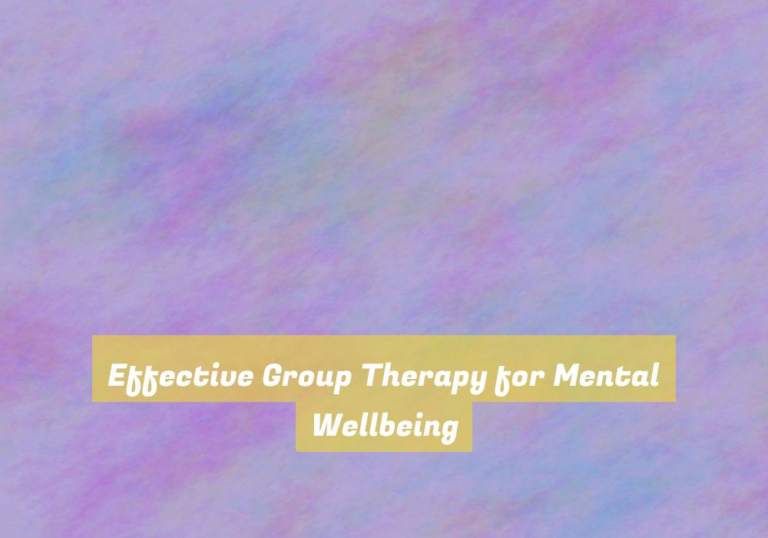Mindfulness Practices: Meditation Techniques Worldwide
When you think of mindfulness practices, perhaps images of serene Buddhist meditation techniques come to mind. However, the world of meditation is vast and diverse, encompassing a wide array of traditions and approaches.
From the ancient Hindu meditation practices to the modern Western mindfulness techniques, and the rich tapestry of indigenous meditation traditions, each offers its own unique wisdom and insights into the human mind.
But what truly sets these practices apart, and how can they enrich your understanding of mindfulness and meditation in todayG??s global context?
Buddhist Meditation Techniques
If you want to understand Buddhist meditation techniques, start by delving into the ancient and diverse practices used in various schools of Buddhism. One of the most well-known meditation techniques in Buddhism is mindfulness meditation. This practice involves focusing on your breath and being aware of your thoughts and sensations without judgment.
Another common technique is loving-kindness meditation, which cultivates feelings of compassion and goodwill towards oneself and others. Walking meditation, where one is mindful of each step and the surroundings, is also widely practiced in Buddhist traditions.
In addition to these, there are numerous other meditation techniques within the various schools of Buddhism, such as Zen, Theravada, and Tibetan Buddhism. Each school offers its own unique approach to meditation, often tailored to the individual practitionerG??s needs and inclinations.
While the specific methods may vary, the ultimate goal of Buddhist meditation techniques is to cultivate awareness, compassion, and insight.
Exploring these diverse practices can provide you with a deeper understanding of Buddhist meditation techniques and how they can be applied in your own life. Whether youG??re seeking inner peace, personal growth, or spiritual awakening, the rich tapestry of Buddhist meditation techniques offers a wealth of wisdom and guidance.
Hindu Meditation Practices
Hindu meditation practices encompass a wide range of techniques and traditions aimed at achieving spiritual growth and self-realization. One of the most well-known techniques is Raja Yoga, which emphasizes controlling the mind through meditation and ethical disciplines.
Another prominent practice is Jnana Yoga, which focuses on self-inquiry and contemplation to realize the true nature of the self.
Bhakti Yoga, centered on devotion and love for the divine, also incorporates meditation as a means of connecting with the divine.
Additionally, Kundalini Yoga involves various meditation methods to awaken the energy at the base of the spine and channel it upwards through the chakras.
Mantra meditation, where a specific sound or phrase is repeated to focus the mind, is common in Hindu traditions.
Visualization techniques, such as focusing on deities or symbols, are used in practices like Tantra Yoga.
These diverse approaches to meditation in Hinduism cater to individuals with varying spiritual inclinations, providing a rich tapestry of methods for achieving inner peace and spiritual awakening.
Western Mindfulness Approaches
Exploring Western mindfulness approaches reveals a variety of meditation techniques and practices that cater to individuals seeking inner peace and self-awareness in the modern context. In the Western world, mindfulness has been adapted to fit into contemporary lifestyles, often emphasizing stress reduction, emotional regulation, and overall well-being.
One prevalent approach is Mindfulness-Based Stress Reduction (MBSR), developed by Jon Kabat-Zinn, which combines mindfulness meditation and yoga to enhance awareness. Another popular method is Mindfulness-Based Cognitive Therapy (MBCT), integrating mindfulness practices with cognitive-behavioral techniques to alleviate depression and anxiety.
Additionally, Western mindfulness often incorporates secular and non-religious elements, making it accessible to a broader audience. This approach emphasizes the universal benefits of mindfulness, irrespective of religious or spiritual beliefs.
Moreover, technologies like mindfulness apps and online courses have made these practices more convenient and available to a wider population. These adaptations reflect the Western cultureG??s inclination towards evidence-based, practical, and individualized approaches to mindfulness, blending ancient wisdom with modern scientific understanding.
As a result, Western mindfulness approaches continue to evolve, catering to the diverse needs and preferences of individuals in the contemporary world.
Indigenous Meditation Traditions
Numerous indigenous cultures around the world have preserved unique meditation traditions that have been passed down through generations, enriching their communities with profound spiritual practices. These traditions often reflect a deep connection to nature and the spiritual beliefs of the specific culture.
For example, the Maori people of New Zealand practice a form of meditation known as G??whakairo,G?? which involves deep breathing and visualization techniques to connect with their ancestors and the natural world. In the Americas, indigenous tribes such as the Lakota and Navajo have long practiced meditation as a means of connecting with the spirit world and seeking guidance. In Australia, Aboriginal cultures have maintained meditation practices, such as G??dadirri,G?? a form of deep listening and quiet awareness.
These indigenous meditation traditions are integral to the cultural identity and spiritual well-being of these communities. They often play a central role in ceremonies, healing practices, and rites of passage, fostering a sense of interconnectedness with the environment and the cosmos.
These traditions offer valuable insights into different ways of understanding the self, the world, and the divine, enriching the tapestry of global meditation practices.
Conclusion
So, whether itG??s through Buddhist meditation, Hindu practices, Western mindfulness approaches, or indigenous traditions, there are countless ways to incorporate mindfulness into your daily life.
Take the time to explore different techniques and find what works best for you.
With dedication and practice, you can experience the benefits of mindfulness and meditation, improving your overall well-being and inner peace.
Keep an open mind and continue on your journey towards mindfulness.







